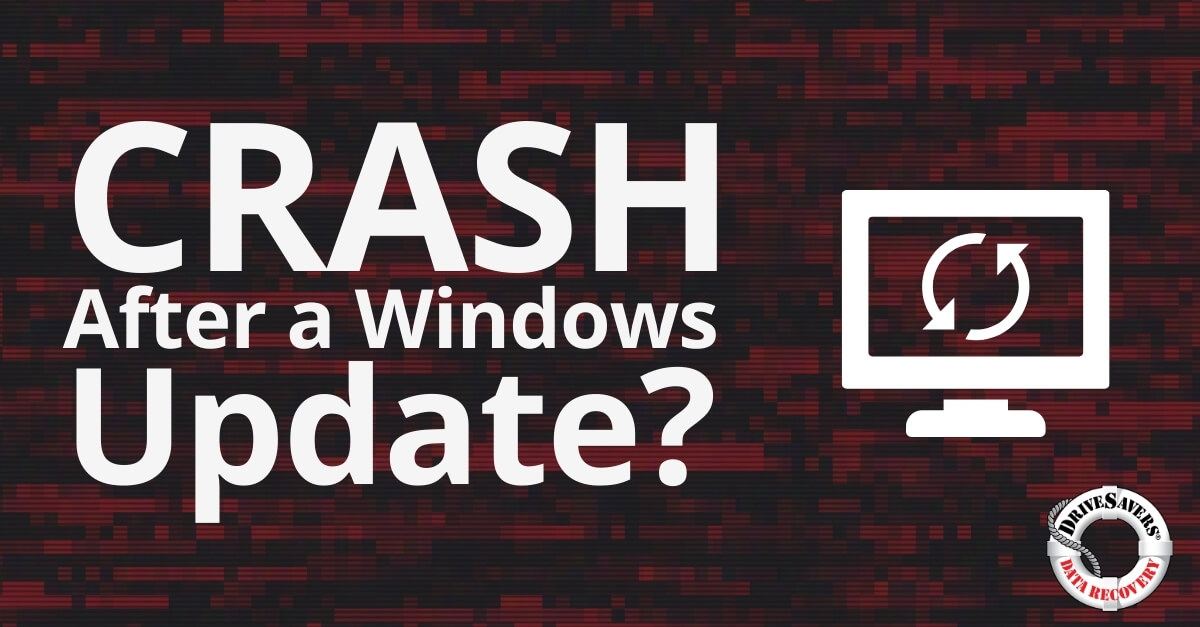When a Windows update goes wrong, recovering files can be critical. Here’s how to approach Windows data recovery.
The State of Solid State Devices & SSD Recovery

As solid-state drives (SSDs) continue to grow in popularity, everyone seems curious about their speed, reliability and whether or not they’ll ever permanently replace hard drives that rely on spinning platters to store data.
DriveSavers’ experience with solid-state storage technology began around 1995 starting with SmartMedia cards, which were used with some of the first consumer-priced digital cameras. Since then, we’ve continued to aggressively research and develop unique methods to recover data on all types of solid-state devices.
Storage manufacturers currently use non-volatile flash memory for portable USB drives, camera cards and SSDs. One of the greatest benefits of flash memory is that it doesn’t require power to retain data it stores, unlike other types of memory chips such as DRAM or SRAM.
Because SSDs have no moving parts, they eliminate common problems experienced with typical hard drives that employ flying read/write heads such as: head crashes; bad motors and damaged head stacks.
Nevertheless, for all that you gain from a SSD, data is still at risk. Remember that the technology is relatively new and failures do occur. These devices are still susceptible to problems such as bad chips, directory corruption, virus attacks, accidental file deletion, impact damage, electrical spikes and fire or water damage.
SSD data recovery can be challenging for a number of reasons. First off, data is stored across multiple memory chips, similar to the way data is striped across multiple hard drives in a RAID 0 configuration. For a successful recovery to be achieved, we must be able to access all the chips on the drive to read all the data. Sometimes this requires us to remove some or all chips from the printed circuit board and make repairs as needed. This type of work is akin to microsurgery and indeed microscopes are used in the process.
Once data from the chips can be read, a disk image copy is made from each one. All of the disk images must then be aligned perfectly to create one uniform image of the data. Only after extracting the data and testing the files can we determine the success of the recovery.
Fortunately, having years of experience and achieving early data recovery success with solid-state storage technology, gives DriveSavers an advantage in overcoming the unique challenges SSDs offer.



